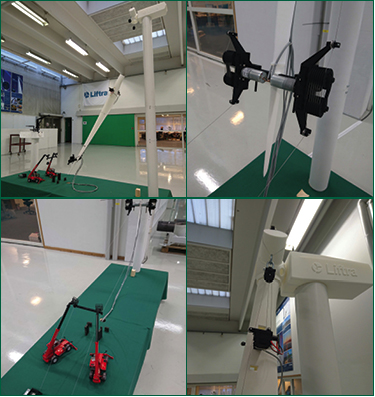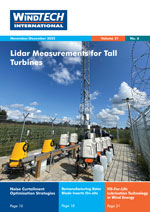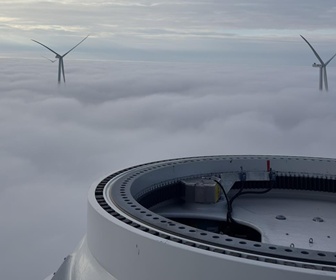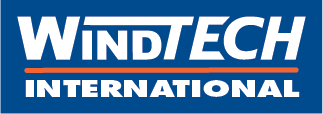 The Blade Way Concept
The Blade Way Concept
During the past few years the market for servicing existing wind turbines has grown rapidly. One of the more significant market segments is for exchanging blades. Commonly, large mobile cranes are used, together with a blade yoke. The costs associated with the use of a crane are high, and so cheaper solutions are being sought.
By Per Fenger and Ruben Tjell Lambertsen, Liftra, Denmark










